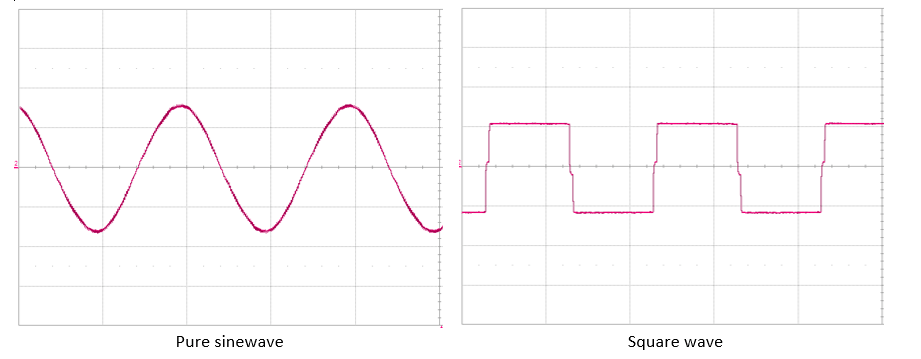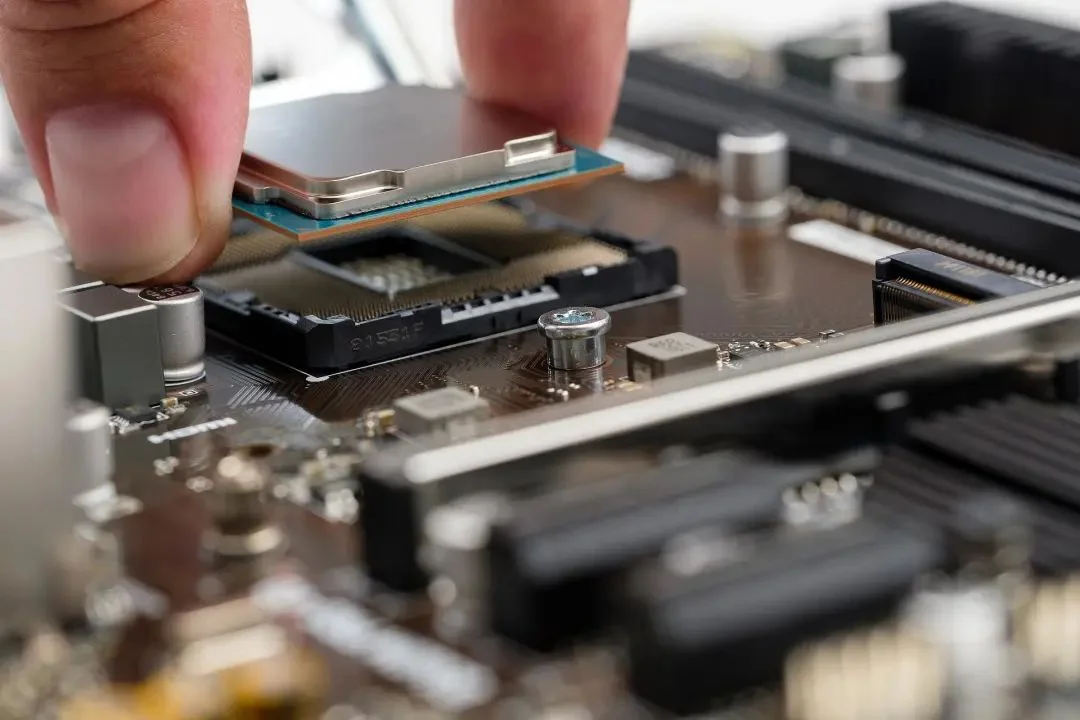Hi folks! In this detailed article we will know about four differences between analog ic and digital ic ?❤️❤️
Lets us start with what is an I.C and then move towards our original question ,i.e what are the 4 major differences between an analog ic and digital ic ??
An integrated circuit (IC) is a semiconductor wafer, or chip, on which thousands or millions of microscopic electronic components are fabricated and interconnected. ICs are the building blocks of modern electronic systems, enabling the processing and flow of digital or analog signals for computation, data storage, power management, communication, and more.
IC is the general name of semiconductor component products. IC can be divided into digital IC, analog IC, microwave IC and other ICs according to their functions.
Digital IC is the IC that transmits, processes and processes digital signals. It is the most widely used and fastest growing IC variety in recent years. It can be divided into general digital IC and special digital IC.
Analog ICs are ICs that process continuous natural analog signals such as light, sound, speed and temperature. Analog ICs can be divided into standard analog ICs and special application analog ICs according to their applications. If divided by technology, analog ICs can be divided into linear ICs that only process analog signals and hybrid ICs that simultaneously process analog and digital signals.
Standard analog IC includes amplifier, voltage regulation ,Phase Locked loops and reference comparison, signal interface, data conversion, comparator and other products; The special application analog IC is mainly used in four fields: communication, automobile, computer peripheral and consumer electronics.
Briefly summarizing differences between Analog ic and digital ic :
- Digital circuit IC is a device that processes digital signals, such as CPU, logic circuit, etc;
- The analog circuit IC is a device that processes and provides analog signals, such as operational amplifiers, linear regulators, reference voltage sources, etc. They are all analog ICs.
The signals processed by analog IC are continuous and can be converted to sine wave for research, while those processed by digital IC are discontinuous signals, which are all pulse square waves.

Different digital devices have different manufacturing processes, so different power supply voltages are required, so the analog technology of power management is more needed. With the development of digital technology, analog technology is distributed around digital technology and is inseparable from digital technology.
Let’s explain the difference between analog IC and digital IC from the four characteristics of analog IC.
- The life cycle can be as long as 10 years.
- Digital IC emphasizes the ratio between operation speed and cost. The goal is to achieve the target operation speed at the lowest possible cost. Designers must constantly adopt more efficient algorithms or use new processes to improve integration and reduce costs. Therefore, the life cycle of digital IC is very short, about 1-2 years.
- Analog ICs emphasize high signal-to-noise ratio, low distortion, low power consumption, high reliability and stability. Once the product reaches the design goal, it will have long-term vitality. There are many analog IC products with a life cycle of more than 10 years. For example, the NE5532 audio amplifier has a life cycle of over 25 years. Because of the long life cycle, the price of analog IC is usually low.
- Special process, less CMOS process
- Digital ICs mostly use CMOS technology, while analog ICs rarely use CMOS technology due to poor driving ability and difficulty achieving low distortion/noise under low voltages.
- Analog ICs use processes like Bipolar, BiCMOS, CD (CMOS + DMOS), and BCD (Bipolar + CMOS + DMOS). In the high-frequency field, there are also SiGe and GaAs processes. These special processes require cooperation with the wafer foundry.
- Close relationship with components
- Analog ICs must have good current amplification, frequency response, low noise/distortion, etc. which depends on the characteristics of resistors, capacitors, inductors. Designers must consider the impact of these components.
- Digital circuits do not have such dependencies. Analog circuit layout on the PCB is also important. Therefore, analog IC designers must be familiar with electronic components.
- Few auxiliary tools, long test cycle
- Analog IC designers need comprehensive knowledge and long-term experience with manufacturing processes and components. EDA tools are far less compared to digital ICs.
- Due to large power and stability requirements, the authentication and test cycles are long for analog ICs. Some products require special processes and joint development with factories.
In summary, analog IC design is more complex and requires specialized knowledge and experience. But it continues to play a key role in interfacing with the real world signals for digital systems.
These are Articles
DeStarlink Genesis-1: World’s first Solar-Powered AI Takes Flight in Orbit
DeStarlink Genesis-1 has launched into orbit, pioneering solar-powered AI data centers cooled by space vacuum. This Singapore-Toronto collab escapes Earth's energy limits, blending AI inference, blockchain, and mesh networking for the future of cloud computing.
DEEP Robotics' DR02 humanoid robot braves IP66-rated storms with whole-body coordination, evolving from lab gimmicks to industrial saviors. This Chinese breakthrough targets logistics, rescue, and harsh sites worldwide.
Krown Network's Hyperlane partnership catapults KROWN to 130+ blockchains, torching centralized bridges. Asia's DeFi liquidity ignites, challenging Ethereum's grip.
Why I Chose ‘Slow’ Regex Over Fast Loops
We benchmarked Python Regex vs. Loops for parsing 100,000 rows of data. The Loop was 2x faster, yet we rejected it. Discover why true engineering sometimes means choosing the 'slower' path.
Discover more from WireUnwired Research
Subscribe to get the latest posts sent to your email.








